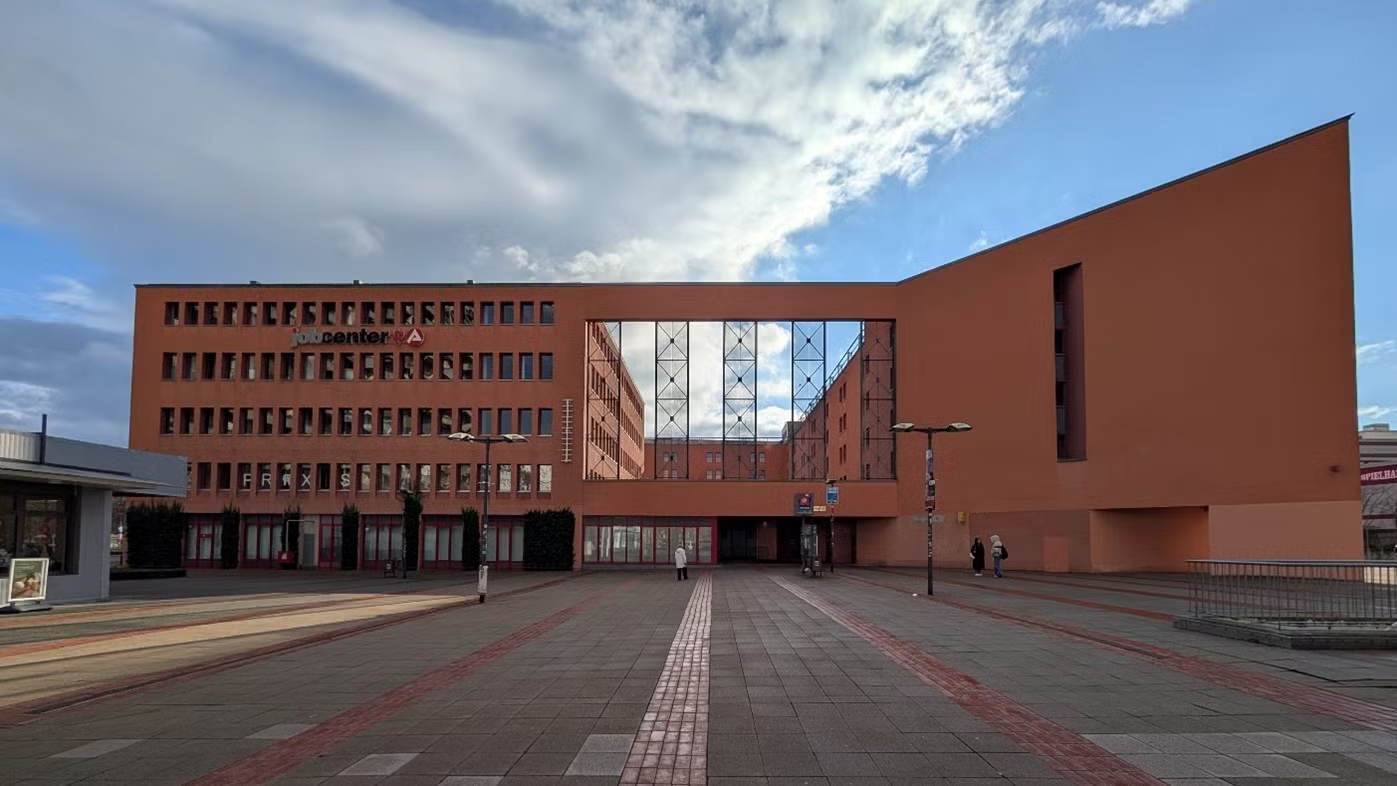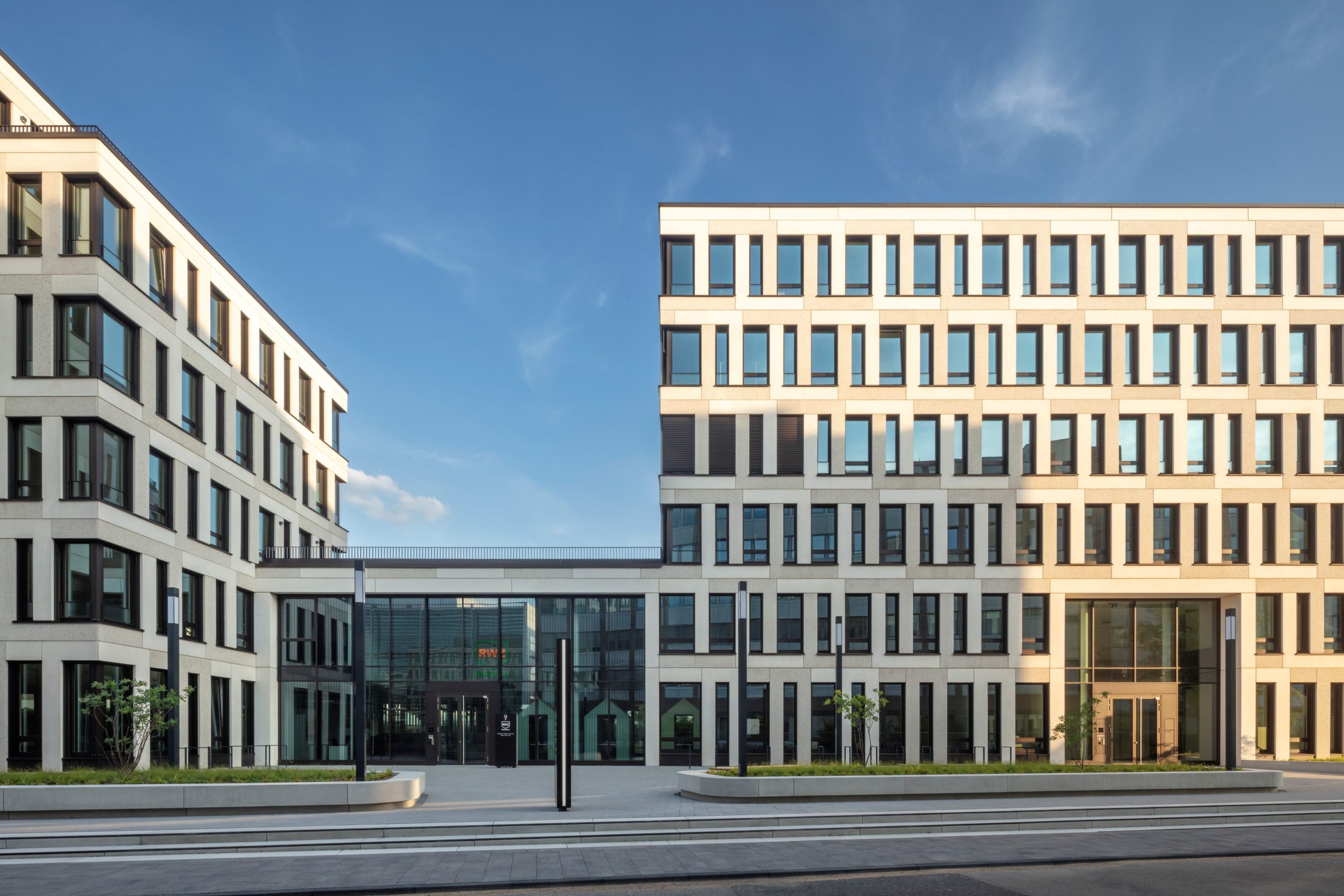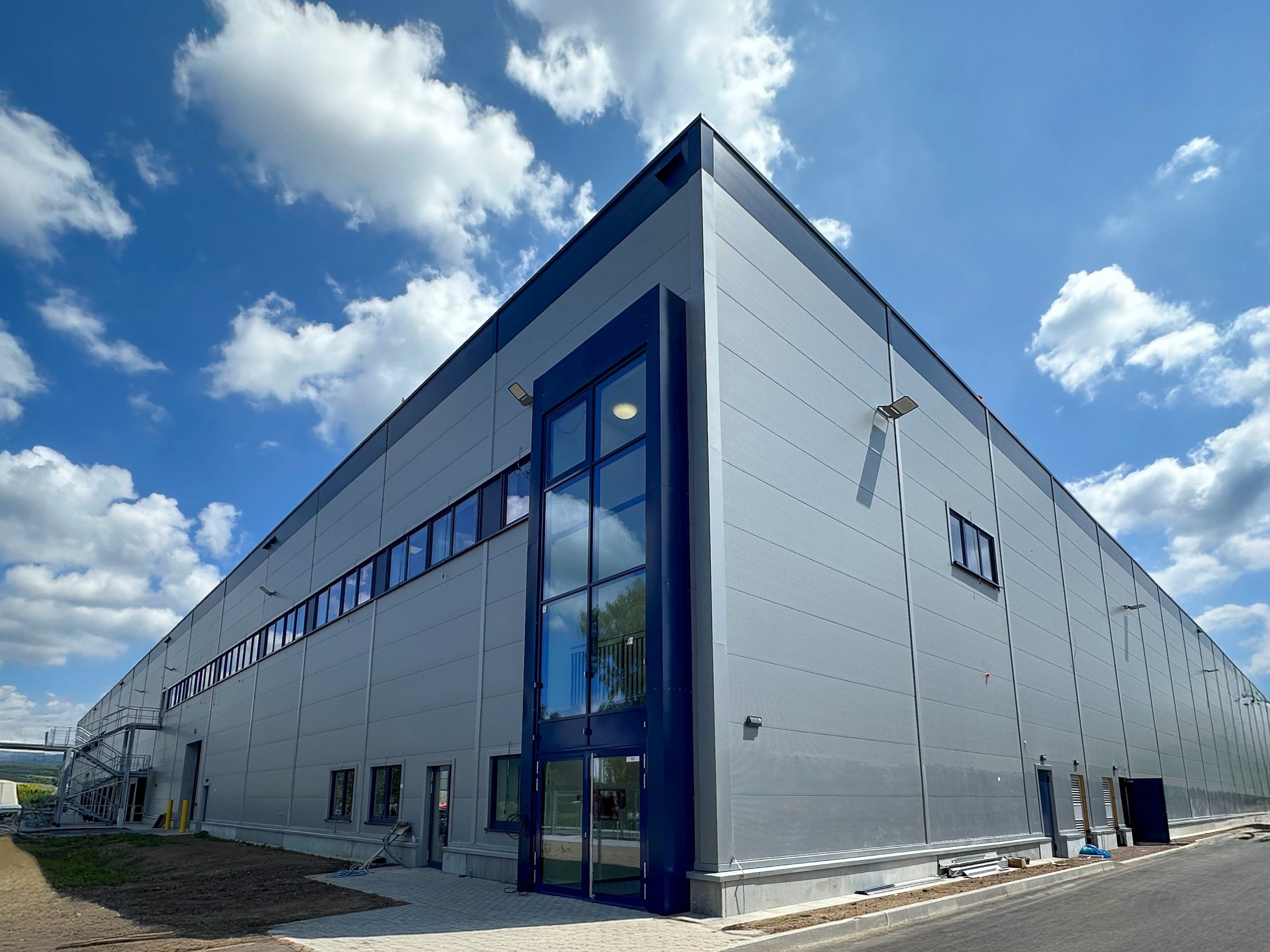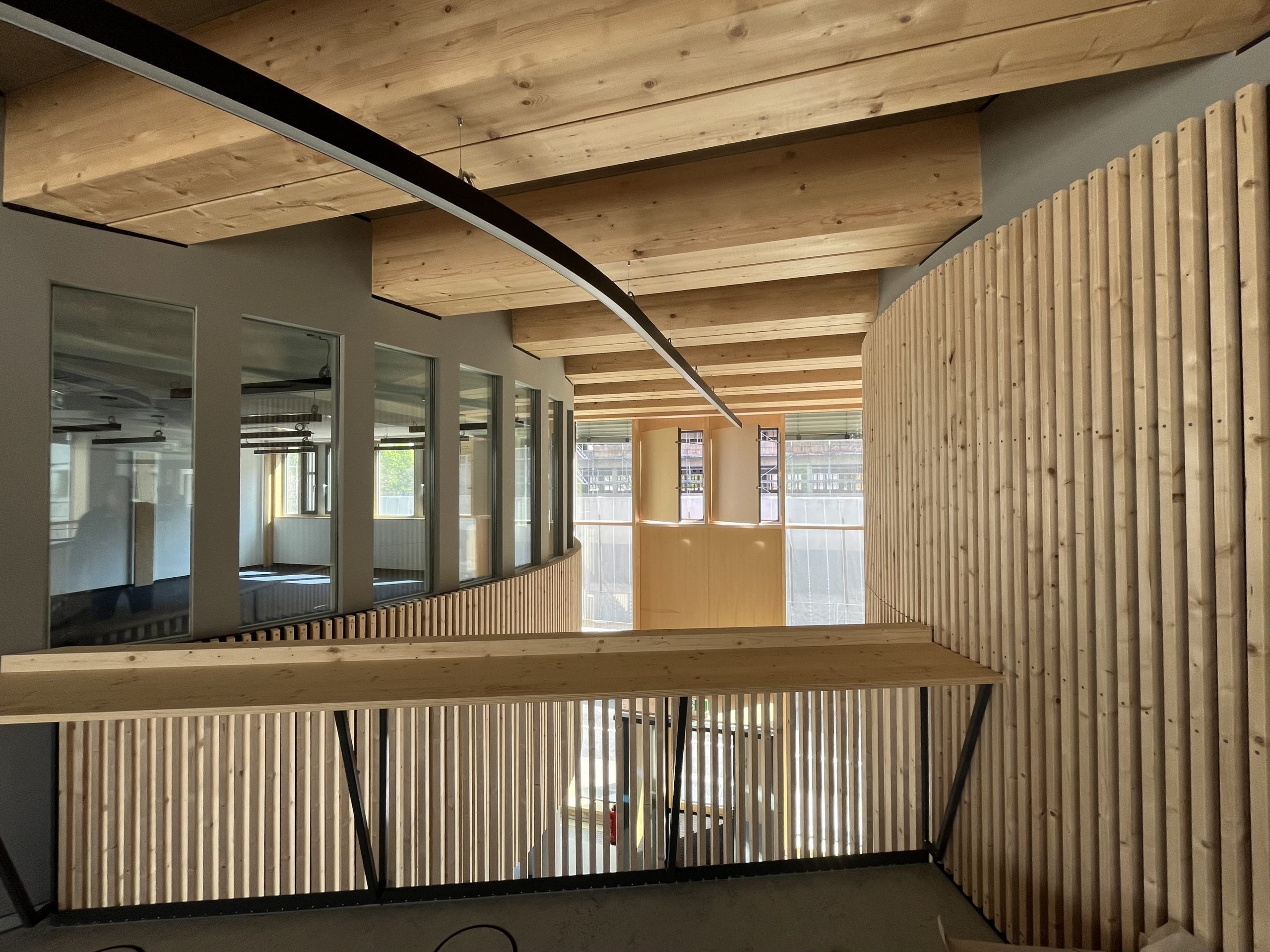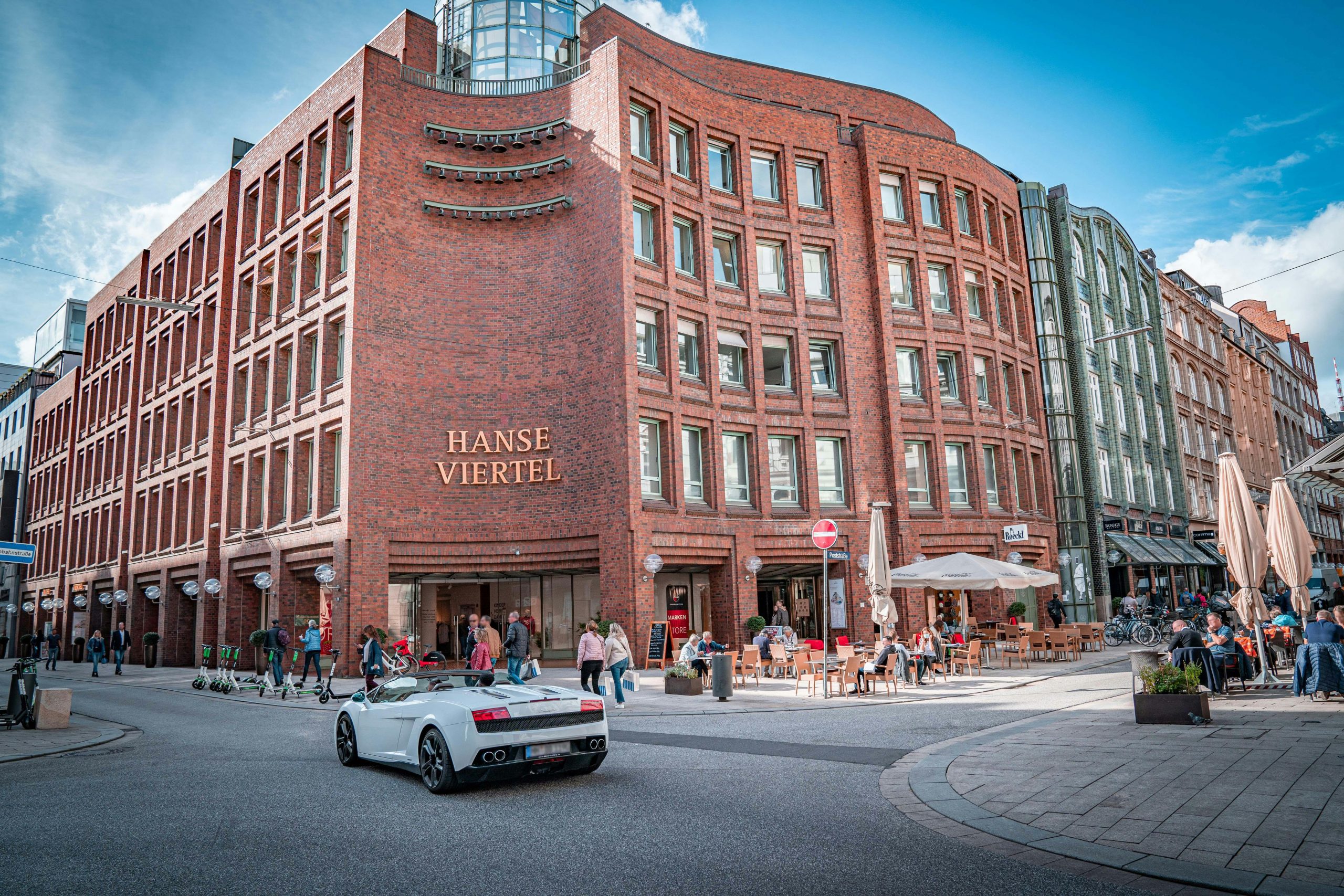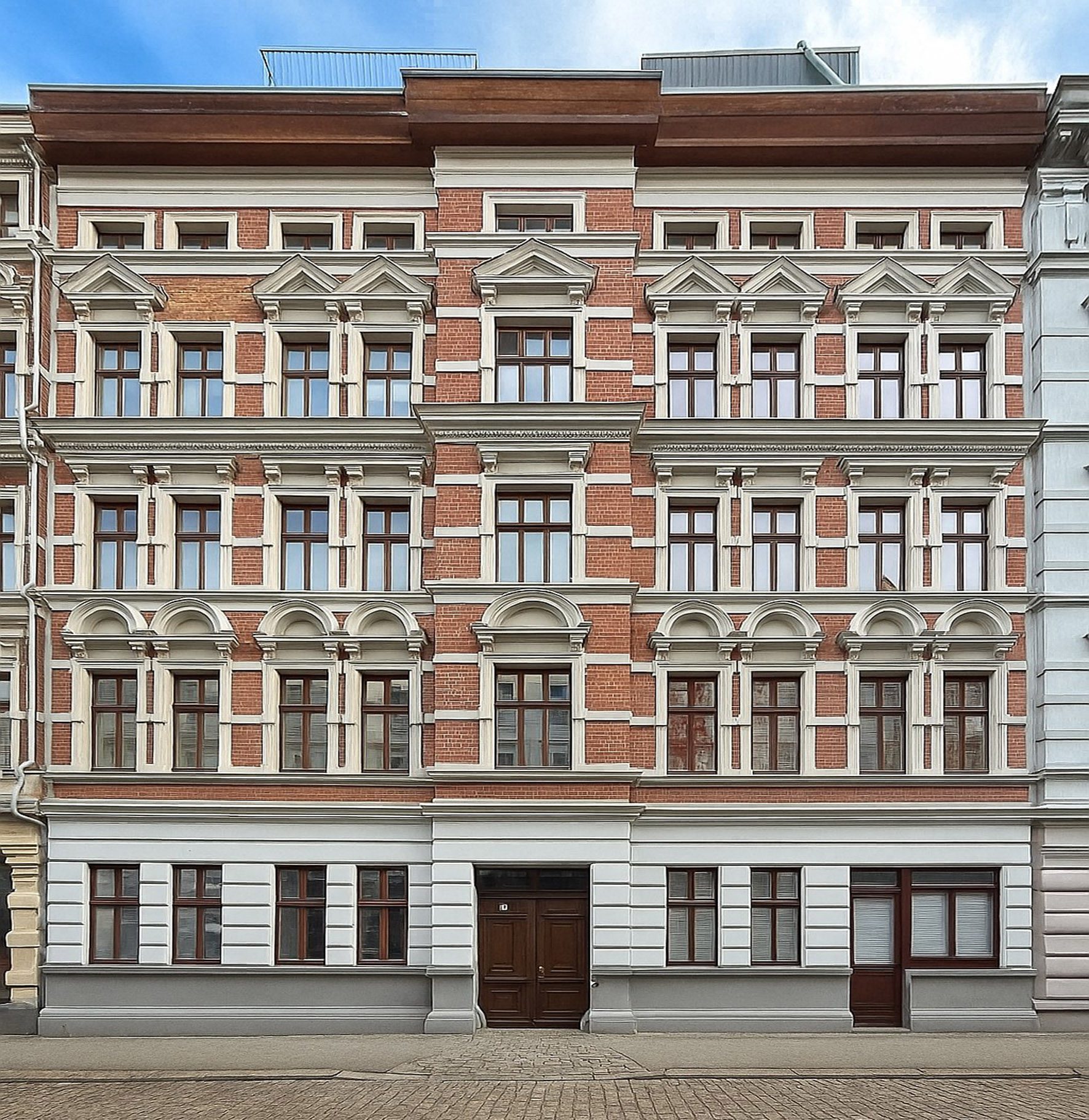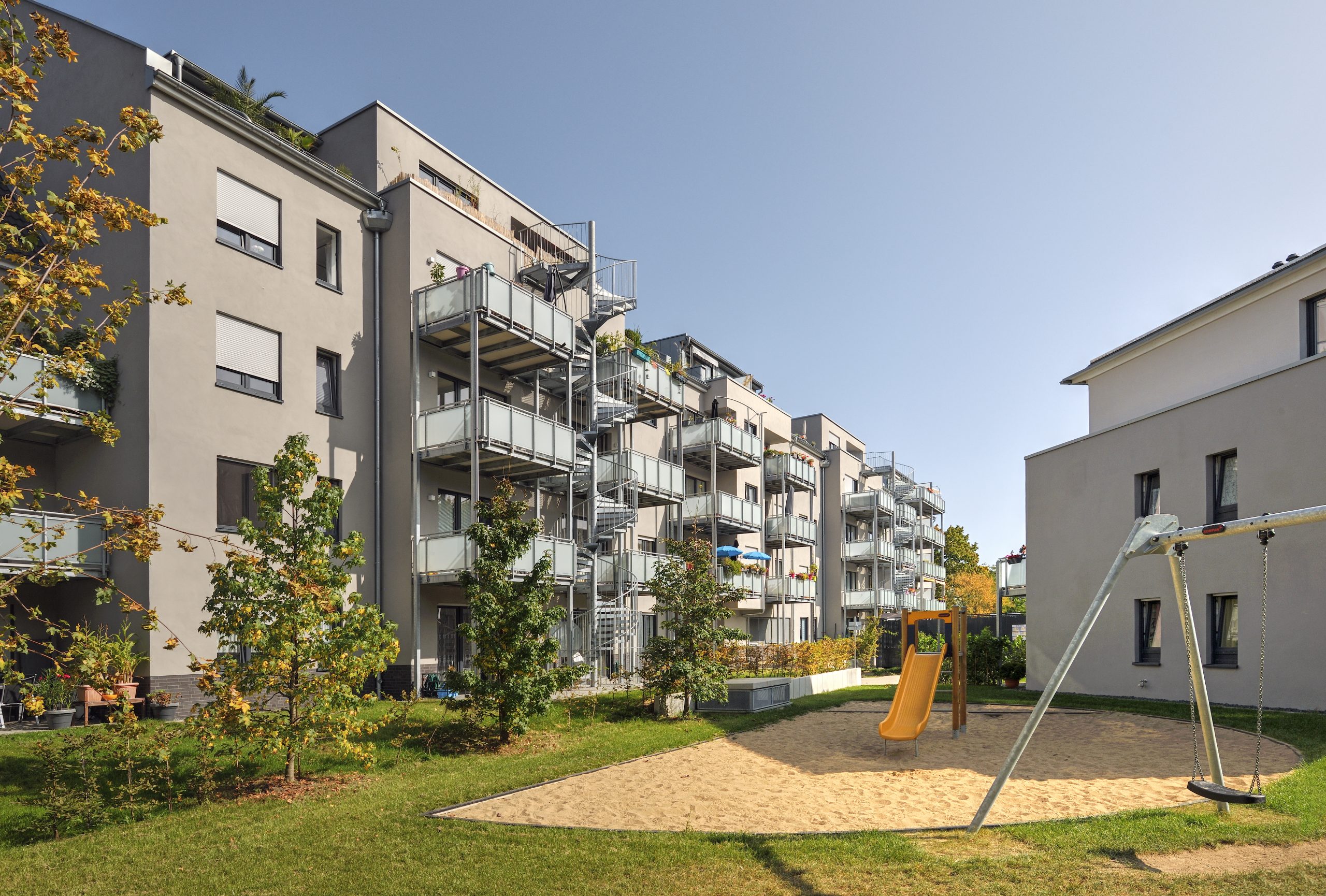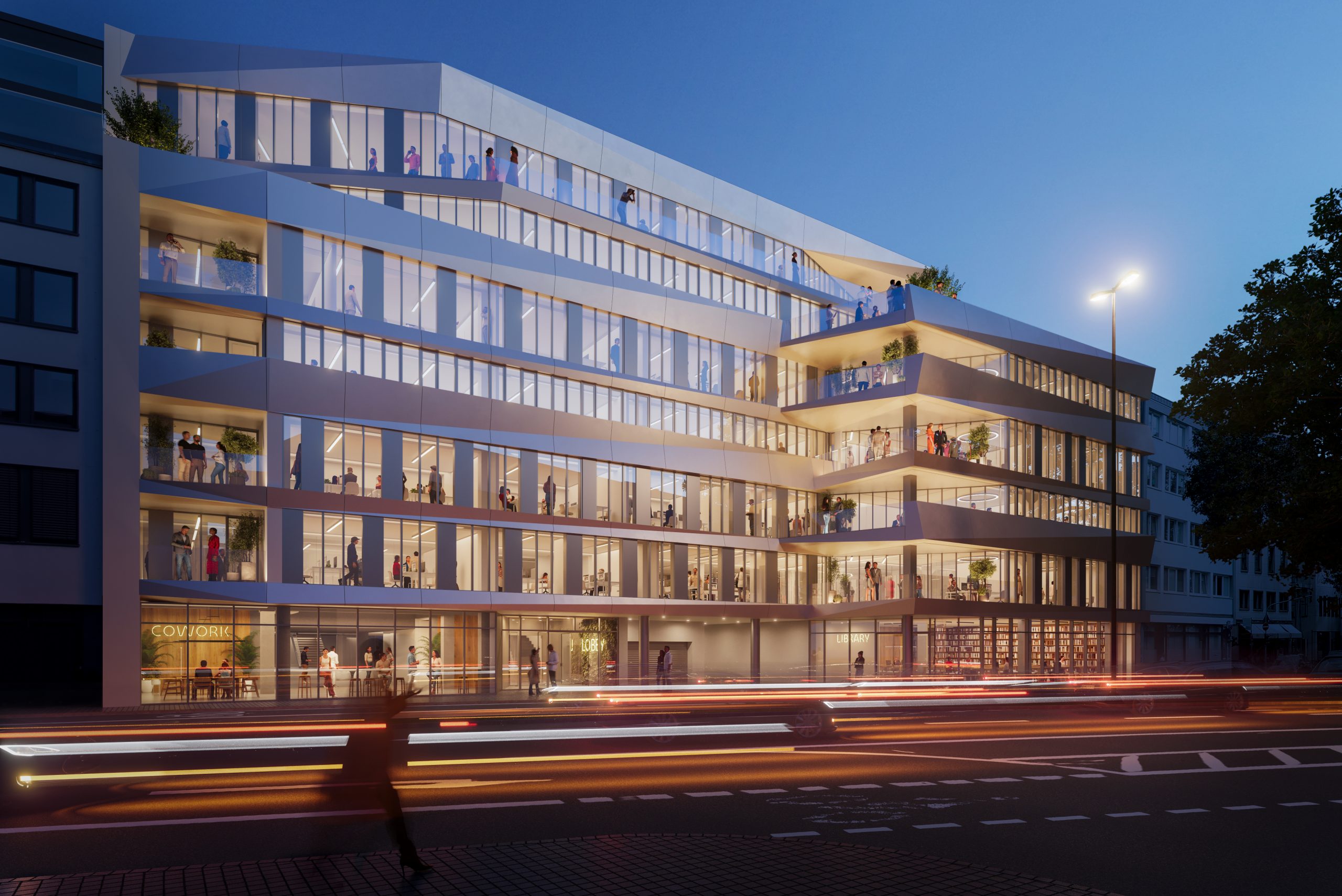In Germany’s seven largest office letting markets, take-up of around 2 million square metres was achieved in the first three quarters. This means that the result is about 5 percent above the previous year’s figure. In some cases, there were very different regional developments: Frankfurt (+74 percent) recorded the strongest growth among the top 7 cities. Hamburg (+7 per cent), Cologne (+3 per cent) and Düsseldorf (+2 per cent) were also able to increase their take-up slightly, while Munich (-7 per cent), Berlin (-16 per cent) and Stuttgart (-25 per cent) recorded declines.
Cem Ergüney, Head of Office Letting Germany at Colliers: “The top 7 rental market was heterogeneous overall in the first nine months. While individual locations recorded noticeable growth compared to the previous year, the total volume is almost in line with the five-year average. The large-volume lettings already observed in the first half of the year were also evident in the third quarter, so that lettings of 5,000 square metres or more continue to be regarded as the key growth driver. Here, an increase of 14 percent was achieved compared to the previous year. The regional distribution is striking: Frankfurt alone has 17 major deals – and thus reaches the same level as the much larger markets of Berlin and Munich combined. In addition, the size segment of 1,001 to 2,000 square meters increased by 8 percent year-on-year.”
Private sector gains market share
As in the previous year, the public sector is the largest buyer group with 298,000 square meters or 15 percent of total turnover. This is followed by the manufacturing industry with 14 percent, but its demand is strongly regionally concentrated: Munich and Hamburg alone account for around two-thirds of the sector’s take-up. The consulting sector is in third place with 12 percent. Banking and finance grew significantly: thanks to large-volume deals in the first half of the year, take-up increased by 63 per cent to 219,000 square metres. The research and development sector also recorded strong growth, with 73,200 square metres almost 52 per cent above the previous year’s figure.
Office markets between high availability and decreasing completions
The vacancy rate in the top 7 office markets continues to rise and currently amounts to around 8.1 million square metres or 8.3 per cent (previous year: 7 per cent). This means that space availability has reached its highest level since 2010, when 8.7 million square metres were recorded. For 2025 as a whole, a completion volume of around 1.6 million square metres is expected, around 60 per cent of which has already been pre-let. In the following years, the supply of new space will fall significantly: 1.2 million square metres are planned for 2026 with a pre-letting rate of 43 per cent, and in 2027 the completion volume will be further reduced to just 820,000 square metres with a pre-letting rate of 45 per cent. The last time such a low value was recorded was in 2018, with 840,000 square metres. In 2026 and 2027, Berlin alone will account for around 780,000 square metres of completion volume. This means that the capital plays a central role in the nationwide new construction activity, but has a low pre-letting rate of 35 percent. Stuttgart and Cologne recorded the lowest new construction volume among the top 7 locations in the same period, each with around 120,000 square metres.
Cem Ergüney explains: “For users, this means that early space strategies are crucial in order to secure attractive locations and at the same time cushion market risks, such as the attachment to unsustainable areas. The ongoing flight-to-quality trend is increasing the pressure on older existing properties. Especially in the CBD locations, this is already leading to a “war for quality”. Owners who do not adapt their offer to changing user requirements are increasingly confronted with the potential increase in vacancy.”
Heterogeneous rental development in the top 7 cities
As expected, prime rents in the top 7 cities are consistently above the previous year’s level, driven primarily by large-volume deals in new buildings and project developments. Frankfurt stands out with an increase of eight percent to 52.00 euros per square meter. Munich (56.00 euros) and Stuttgart (37.00 euros) also recorded strong increases of six percent each, while Berlin (47.85 euros) and Düsseldorf (45.00 euros) each rose by five percent and Hamburg (36.00 euros) by three percent. In contrast, a much more differentiated picture emerges in terms of average rents: Frankfurt recorded the strongest increase with a plus of 22 percent to 30.00 euros and thus has the highest average rent among the top 7 cities. Cologne followed with growth of 12 percent to 21.30 euros, Munich to 26.50 euros (+5 percent) and Hamburg to 21.50 euros (+4 percent) moved moderately upwards. In contrast, Berlin declined by minus ten percent to 26.30 euros and Düsseldorf and Stuttgart by minus three percent each to 20.10 euros.
Conclusion & Outlook
The third quarter confirms the positive development, although growth is somewhat more moderate compared to the first half of the year. “For 2025 as a whole, we expect take-up of 2.6 million square metres – which would mean an increase compared to the previous year’s figure. However, with an ifo business climate index of 89 points in the third quarter and a GDP expectation of +1.2 percent for 2026, the macroeconomic environment does not signal a pronounced growth dynamic, so that a sideways movement is more likely to be expected in the coming year,” concludes Cem Ergüney.


